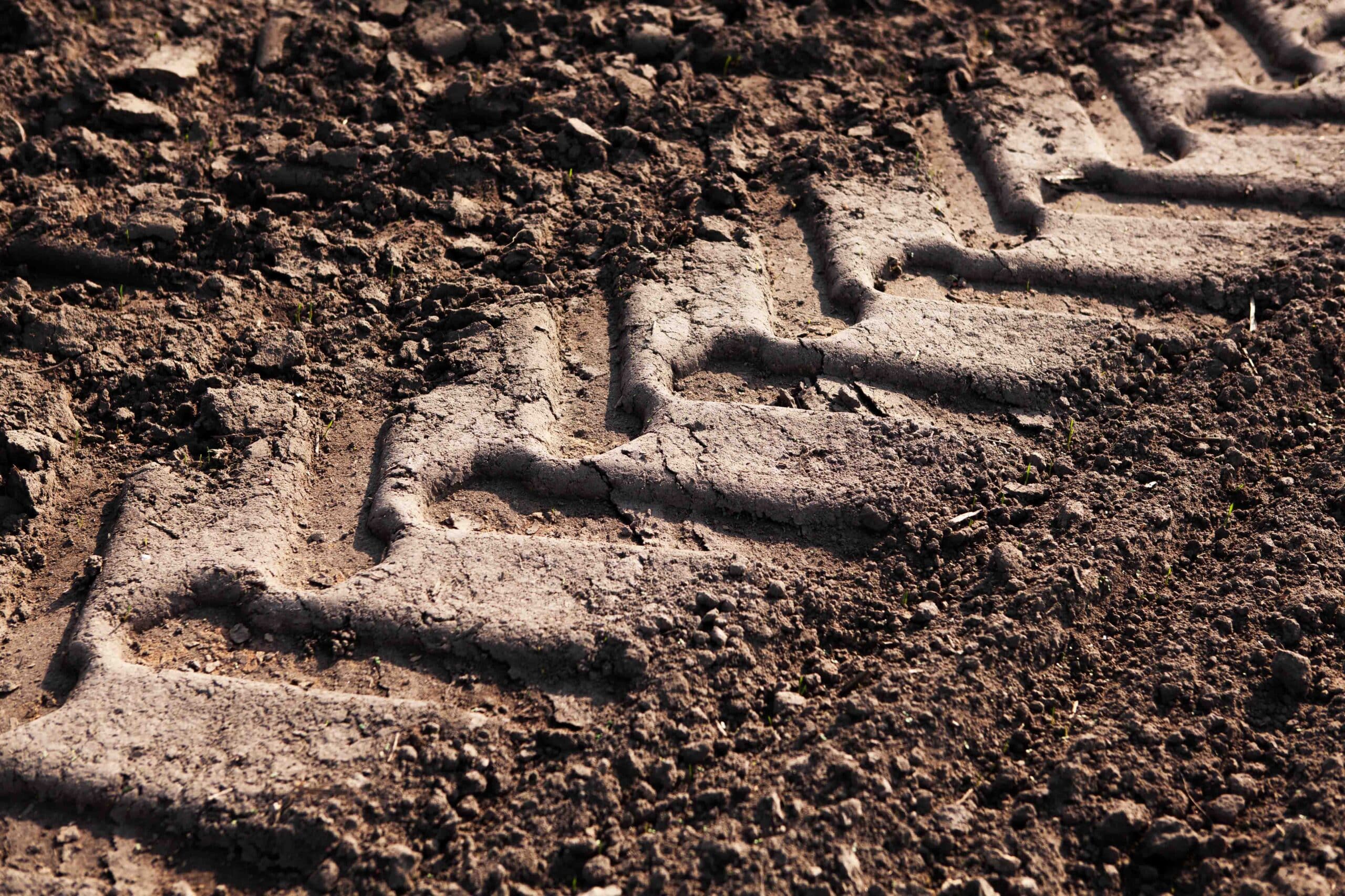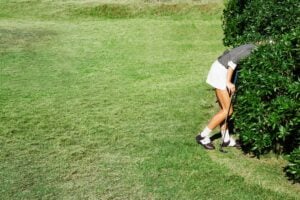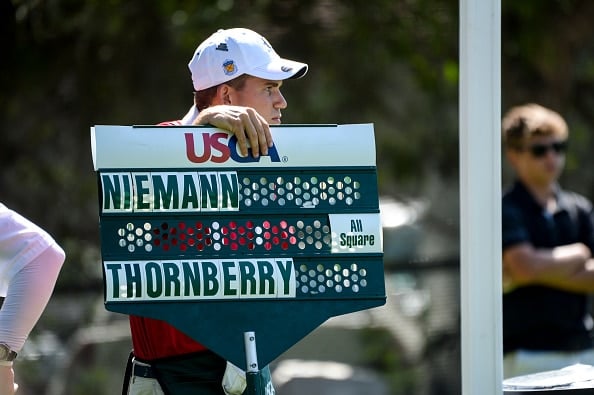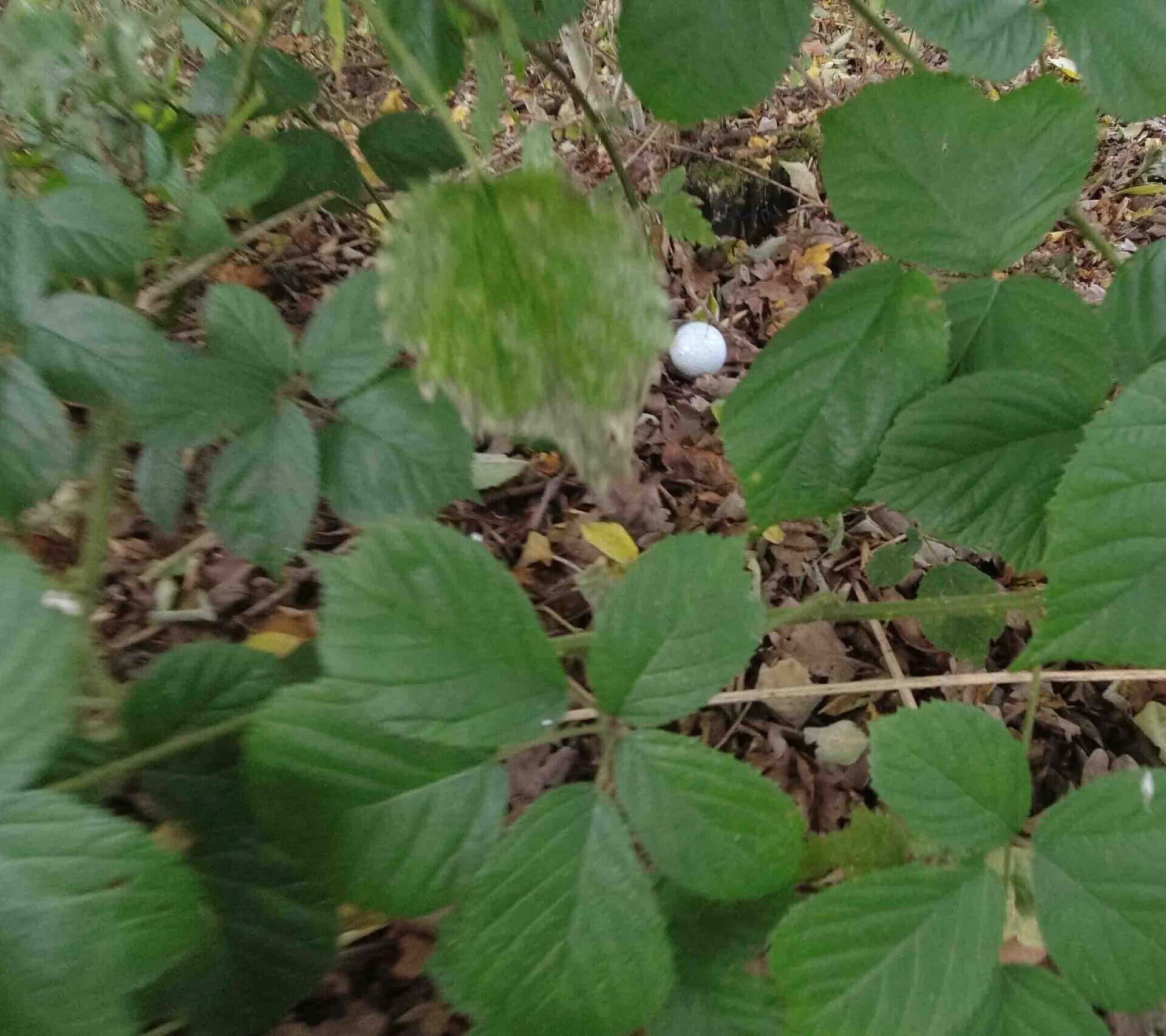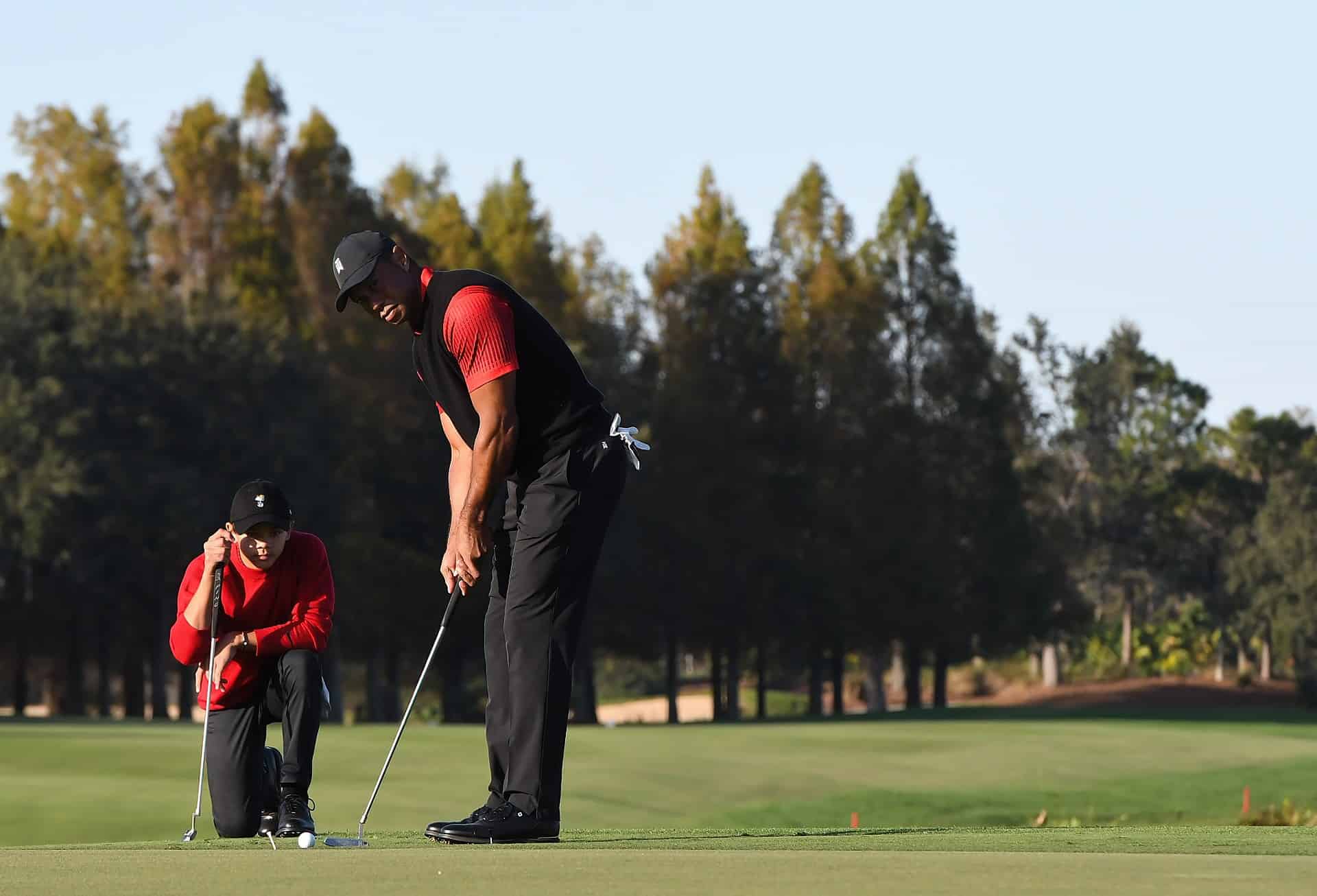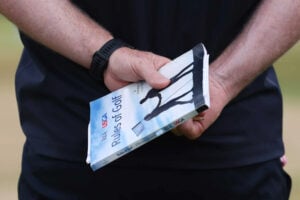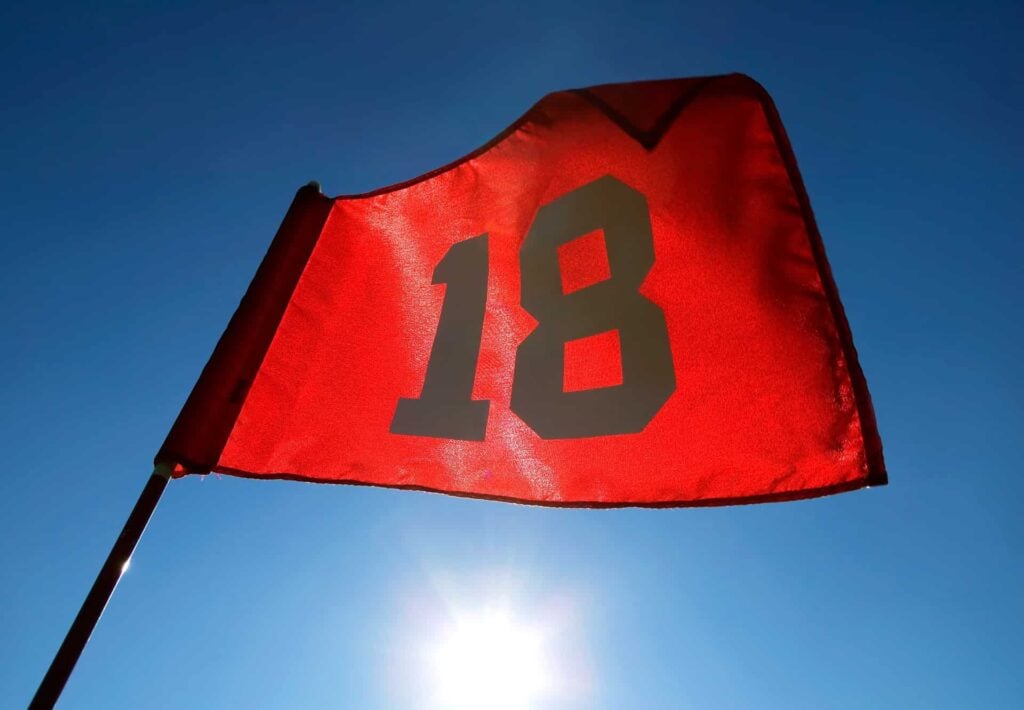
Can a hole location be ‘illegal’?
I’m sure we’d all like the hole locations to be slap bang in the middle of the green but, from time to time, our committees and greenkeeping teams like to have some fun with us.
I once played to a flag – on a short par 4 – which was perched halfway up a slope. If you were above the hole, it wouldn’t stay on the green. If you were below it, you had to sink it – otherwise it would fall back at your feet. If you were lucky.
Sometimes, when faced with this kind of challenge, you’ll hear a golfer complaining about a hole position being ‘illegal’, as if it’s written down in the rules that there are hard and fast limits on just how wild you can be when setting a location.
So is there any truth to it, or is it just another one of club golf’s ‘urban myths’? Let’s get stuck in…

Rules of Golf explained: Golf hole location rules
If you’ve ever cried foul over the location of a hole, it’s time to slink away with your tail between your legs. There is no such thing as an illegal hole location.
Committees, greenkeepers, whoever does it, are at liberty to put those flags wherever they want and you’ll just have to lump it.
That said, the committee procedures found in the Official Guide to the Rules of Golf do hand out some sage advice, and it’s usually wise for clubs to follow it if they want to avoid an unruly siege of cross members.
They argue that when selection locations, committees should consider the ability of players so those choices won’t slow down play significantly or not challenge better players.
They should consider how quick the greens are, since “while a hole location may work well for a slower green, it may prove to be too severe when the speed of the greens is increased”.
They shouldn’t place the ball on a slope where it won’t come to rest and, where possible, “holes should be placed where there is an area of two or three feet around the hole that is relatively level”. The idea is if you hit a putt at the correct pace, it’s supposed to stop somewhere near the hole.
Two more flourishes from the procedures which, in my experience, committees should – but don’t always – pay due attention to.
One is that hole locations should be balanced “with respect to left, right, centre, front, and back locations”. I’ll need to remember that one the next time I play a competition course that has nine white flags.
The second is to set holes where there is “enough putting green surface between the hole and the front and sides of the putting green to accommodate the approach on that particular hole”.
It cites a particular example as a warning, which will definitely be familiar to some of you reading. “Placing a hole immediately behind a bunker when a long approach is required by the majority of the field is usually not recommended”.
What’s the craziest golf hole location you’ve ever played? Let me know with a tweet.
Steve Carroll

A journalist for 25 years, Steve has been immersed in club golf for almost as long. A former club captain, he has passed the Level 3 Rules of Golf exam with distinction having attended the R&A's prestigious Tournament Administrators and Referees Seminar.
Steve has officiated at a host of high-profile tournaments, including Open Regional Qualifying, PGA Fourball Championship, English Men's Senior Amateur, and the North of England Amateur Championship. In 2023, he made his international debut as part of the team that refereed England vs Switzerland U16 girls.
A part of NCG's Top 100s panel, Steve has a particular love of links golf and is frantically trying to restore his single-figure handicap. He currently floats at around 11.
Steve plays at Close House, in Newcastle, and York GC, where he is a member of the club's matches and competitions committee and referees the annual 36-hole scratch York Rose Bowl.
Having studied history at Newcastle University, he became a journalist having passed his NTCJ exams at Darlington College of Technology.
What's in Steve's bag: TaylorMade Stealth 2 driver, 3-wood, and hybrids; TaylorMade Stealth 2 irons; TaylorMade Hi-Toe, Ping ChipR, Sik Putter.



